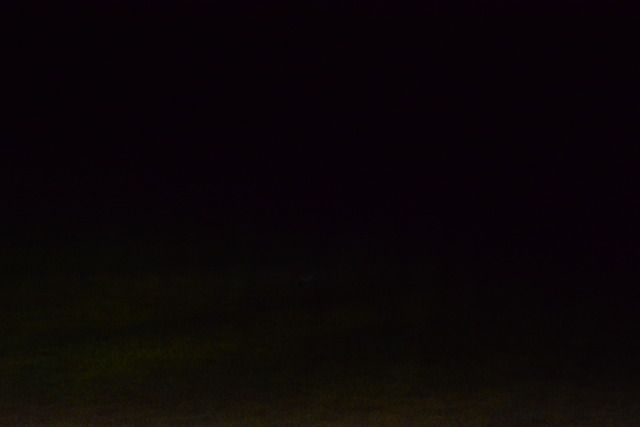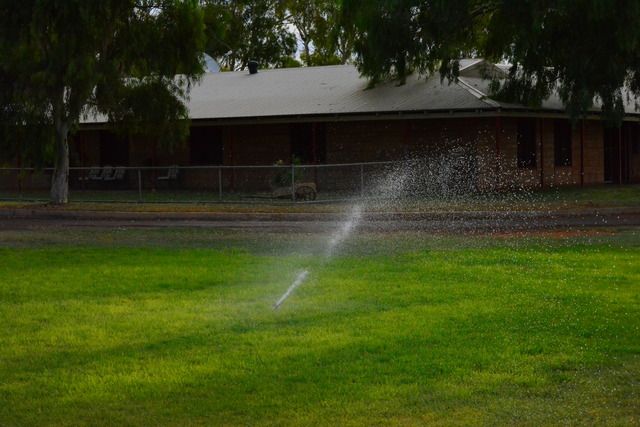99% of the time I think I have full understanding of how the camera works, and what settings I need(ed).
100% of the time, I can never get my head around what [P]rogram mode is and does .. and except for one or two moments of silliness(ie. testing) I've never used it.
I can't understand what it is that it tries to achieve, and so I avoid it.
Looking at the exif in the images, I'd recommend that you avoid it too.
It's chosen f/14 and or f/10, 1/4000s!! (

) and ISO6400 in what basically amounts to daylight conditions.
Best professional mode to use is usually [A]perture priority mode. Set Auto ISO to on if in doubt about metering and keep in mind only the one variable to concern about .. aperture!
If you need a mode whereby shutter speed is critical, use [S]hutter priority mode.
eg. if you're shooting a scene that requires a minimum shutter speed of say 1/500 regardless of light levels, then [S] mode is the one to use here.
But I, and many others!! .... have found that [A] mode seems to be the best mode to use in general.







 Thanks useful information:
Thanks useful information: 
 Reply With Quote
Reply With Quote Add To Bookmarks
Add To Bookmarks
 Threadstarter
Threadstarter




 ) and ISO6400 in what basically amounts to daylight conditions.
) and ISO6400 in what basically amounts to daylight conditions.







 )
)




 .
.











